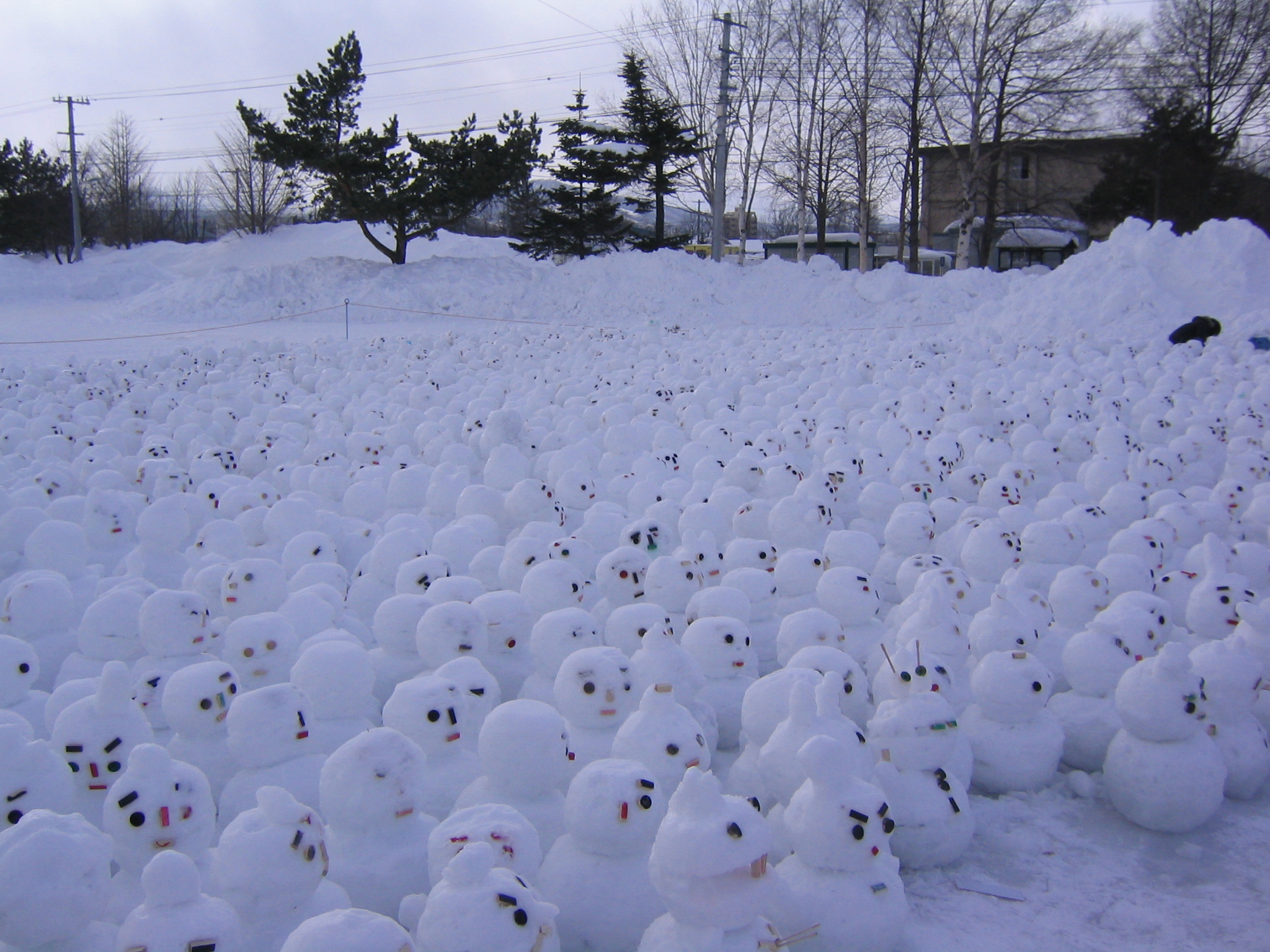
May 31, 2013, by Brigitte Nerlich
Making science public is a snowclone
Recently Warren Pearce has been working on a paper in which he discusses the famous Bloomberg Businessweek front cover proclaiming “It’s global warming, stupid”. It was published on November 5, 2012, after Hurricane Sandy had hit New York. (The magazine bears the name of New York City Mayor Michael Bloomberg) This headline is obviously modelled on another one, namely “It’s the economy, stupid”, generally attributed to Bill Clinton, but in fact written by James Carville, a political consultant to Clinton during the US presidential election campaign of 1992. When digging a bit deeper into this type of modelling of one slogan in terms of another (think about ‘Sex, lies and videotape’ and titles such as ‘Sex, lies and pharmaceuticals’, or how many academic article titles are based on ‘The good, the bad and the ugly’), Warren came across a name for this type of modelling: ‘SNOWCLONE’. What is a snowclone?
Snowclones
A snowclone is a phrasal template that has slots which can be creatively filled. It’s not yet widely discussed in linguistics, but there is a wikipage on it and there is snowclone.org which maintains a database of snowclones.
Origin
According to wikipedia: “The term was coined by Glen Whitman on January 15, 2004, in response to a request from Geoffrey Pullum on the Language Log weblog.Pullum endorsed it as a term of art the next day,and it has since been adopted by other linguists, journalists and authors.The term alludes to one of Pullum’s example template phrases: If Eskimos have N words for snow, X surely have Y words for Z. As Language Log explains, this is a popular rhetorical trope used by journalists to imply that cultural group X has reason to spend a great deal of time thinking about the specific idea Z, though the basic premise is wrong: Inuit do not have an unusually large number of words for “snow”.
Definition
Again, according to wikipedia “A snowclone is a […] ‘a multi-use, customizable, instantly recognizable, time-worn, quoted or misquoted phrase or sentence that can be used in an entirely open array of different variants’. An example of a snowclone is ‘grey is the new black’, a version of the template ‘X is the new Y’. X and Y may be replaced with different words or phrases – for example, ‘comedy is the new rock ‘n’ roll’. […] An audience that has never heard the phrase ‘comedy is the new rock ‘n’ roll’ can still recognize the structure and understand it to mean that comedy is taking on some of the same social functions that are usually attributed to rock music.”
Both the template and its novel uses can be called ‘snowclones’.
Going beyond the snowclones
When I was chatting with Warren about snowclones, it occurred to us that, in a nice recursive sort of way (linguists like that!), the title of our Leverhulme funded research programme ‘Making science public’ is a snowclone. And, in fact, I myself have often used it to generate snowclones, such as “Making the planet public”, “Making thoughts public”, “Making plants science”, “Making science songs” and so on.
The ease with which one can snowclone the title of our programme and the ease with which one can seemingly understand it, has perhaps sometimes distracted (and I have been actively involved in this distracting process) from some other (deeper) aspects of the programme, such as exploring the darker side or flip-side of transparency and openness for example, or issues around the making of new publics within the processes of science and politics, public engagement with science and science politics and so on….. There is of course also a very specific snowclone lurking in the undergrowth, and that is ‘making science private’ (and its twin ‘making science secret’).
So, to overcome the snowcloning dangers to our research programme (that is, writing easy blogs about making xx public, or as one might call it, hunting snowclones), we would like to ask you readers of this blog, to write in and tell us what the phrase ‘making science public’ means to YOU, what challenges and opportunities YOU THINK are associated with ‘making science public’ or ‘making public science’ (a reshuffled snowclone?), and what does ‘making’ mean, and ‘public’, and ‘science’?
Let us know what you think! Give us something to think about! Let’s start a conversation!
By the way: this is our 100th blog post! So there is also something to celebrate!
Picture taken by N. Henriksen, 2/10/2004, Sapporo, Japan – wikipedia

I have surfaced from writing the aforementioned paper with this nugget, which doesn’t appear on any regular searches I did for snowclones. Interesting paper by David Norton on ‘Climategate’ as a snowclone: http://centerforsocialmedia.org/sites/default/files/documents/pages/david_norton_climategate.pdf
‘An unmistakable frame or concept…likely to reproduce and crystallize certain, shared associations with individual and social imaginations”. Of course, the action of labelling something as a -gate is an attempt to fix a particular public understanding of a story as some kind of scandal. This has been done quite a few times, as readers may be aware… http://en.wikipedia.org/wiki/List_of_scandals_with_%22-gate%22_suffix
The ultimate snowclone?
Ah yes, I remember now that we began to discuss climategate during our ‘snowclone’ chat before you went on holiday. I should have mentioned it in the blog!
[…] confusion amongst my STS colleagues and probably more widely. This confusion is compounded by the title of our programme of research: ‘Making Science […]